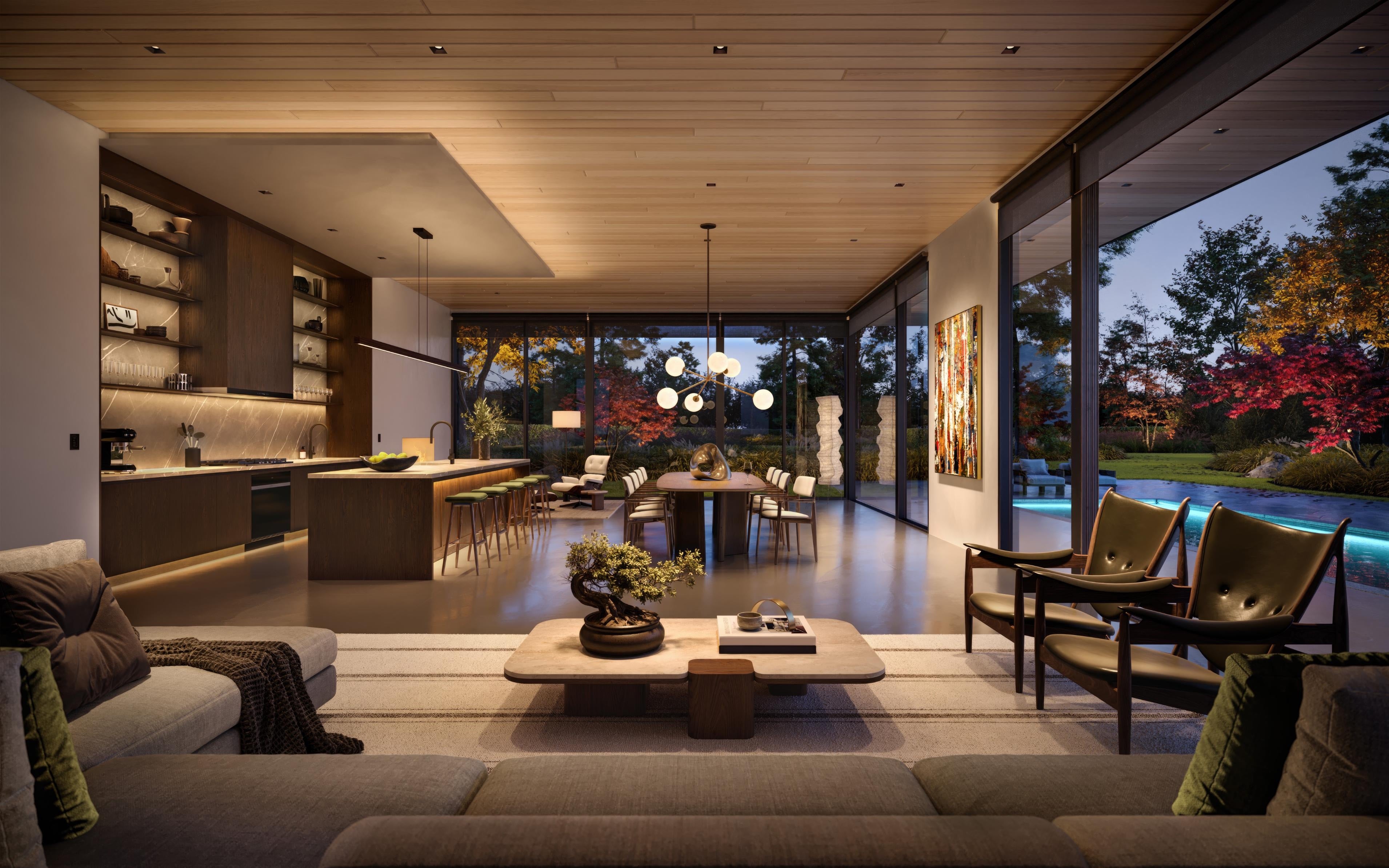Splashy “dopamine decor” may have staked its place in today’s interiors, but to cohesively illuminate a gallery wall of oil paintings, artfully appointed bookshelves or an heirloom marble bust—as well as everyday spaces like the kitchen or a studio—ahead-of-the-curve designers are embracing a stealth weapon: Lutron’s innovative, very demure downlights. Providing a breathtaking range of tonalities through an unobtrusive but technologically superior product, the brand translates the “quiet luxury” trend to walls and ceilings. Now Lutron is introducing two of its most popular series in an even more compact size, with a stylish selection of flange finishes and customized controls. Featuring a barely there aperture just 2 inches in diameter, Ketra and Rania D2 architectural downlights offer the utmost in ambient lighting and aesthetic discretion.
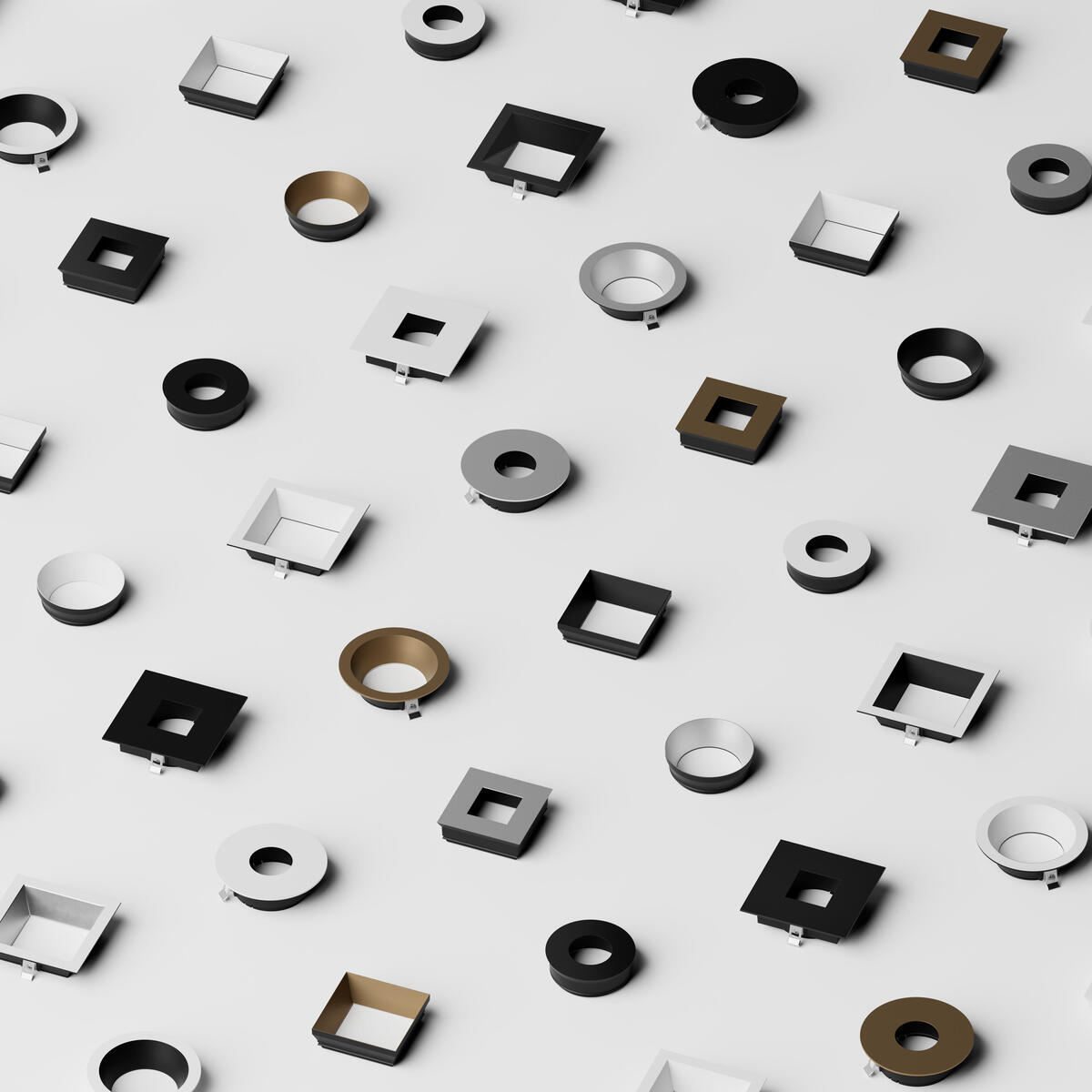
“The D2 iterations deliver the best-in-class lighting that Lutron is known for, but in a smaller form factor and a variety of trims to seamlessly integrate with millwork, wood paneling and other ceiling materials,” says Cecilia Ramos, senior director of architectural markets at the Coopersburg, Pennsylvania–based company. When developing its lighting products, Lutron keeps four primary objectives front and center. Accurately emulating the color temperatures of sunlight comes first, followed closely by a commitment to consistency, ensuring that the quality of the output doesn’t degrade over time. Precise optical controls allow designers to structure a hierarchy in lighting layouts—whether that means focusing a spotlight on a solitary antique vase atop a plinth or subtly grazing a full wall of pleated curtains. Finally, the lighting counterpart of a painter’s palette empowers users to modify the mood and create a scene, so that a breakfast nook can bask in the facsimile of warm morning sunshine while a child’s bedroom is awash in aquamarine blue for a mermaid-themed birthday party.
“It’s lighting that isn’t meant to call attention to itself, but to what it’s lighting,” says Ramos of D2’s ultra-shallow housings, which can be installed in round or square configurations, with flanges or—for the ultimate in flush, ceiling-height-enhancing style—without. For designers, who often liken lighting to jewelry, the recessed downlights serve as the perfect supporting cast for superstar pieces like crystal chandeliers, baroque sconces and cozy ceramic table lamps. “A balance of architectural and decorative elements leads to a layered space with moments of visual interest,” Ramos adds. On their own in a simpler scheme, Ketra and Rania can act as a sophisticated upgrade from chunky 6-inch cans and old-school track lighting. “I don’t think many of us want to see those in projects anymore!” she jokes.
“With Lutron, your ceilings won’t look like Swiss cheese in order to have a well-lit room,” says designer Michel Smith Boyd, host of HGTV’s Luxe for Less, echoing Ramos’s sentiment. He anticipates leveling up to the new D2 apertures from the existing 3-inch Ketra system that currently lights his own Atlanta live-work space as well as his clients’ personal art collections. “It’s all about that minimalist edit,” he continues. “The quiet lighting approach is important today in the same way that it’s as luxurious now to practice restraint as it once was to wear all your jewelry.”
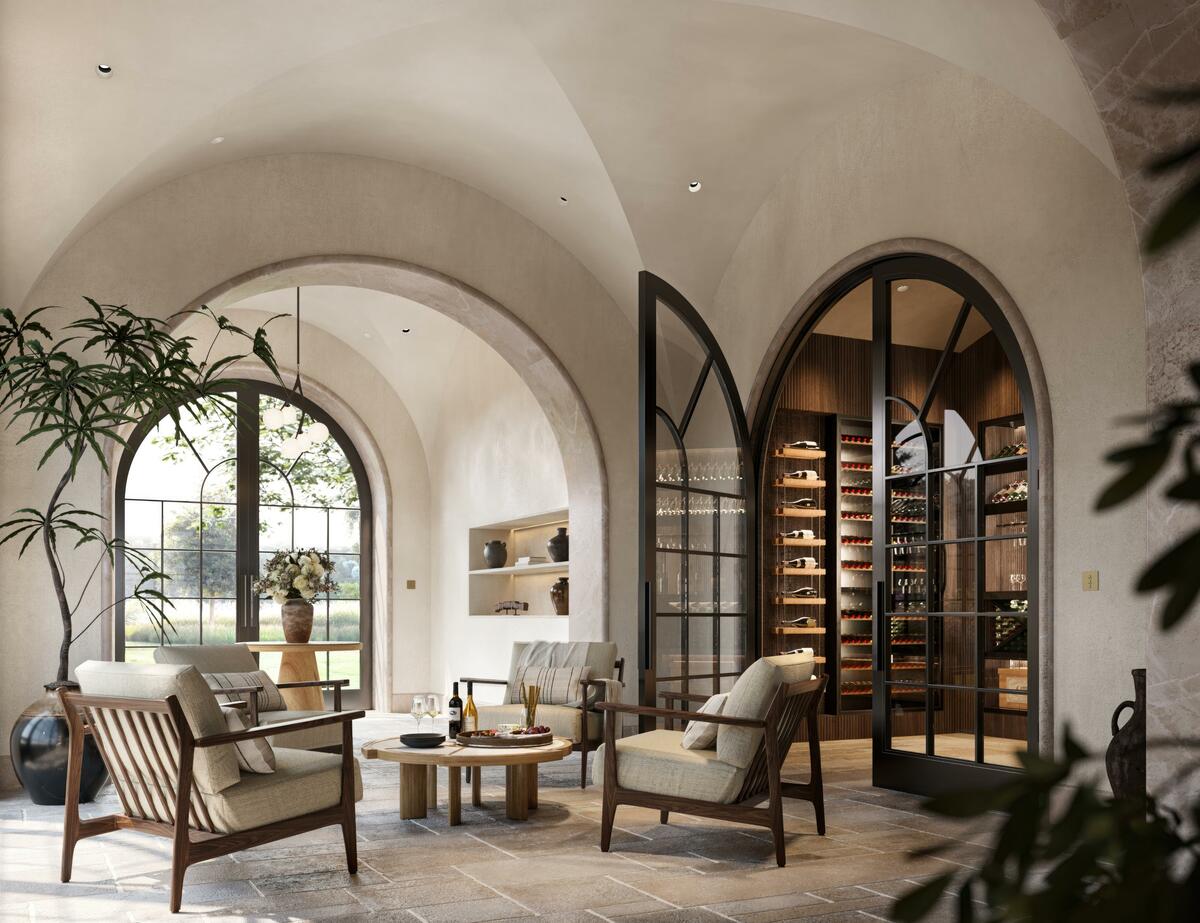
To cultivate that feeling of opulence without the clutter, the trick is in the color. “Ketra is robust, varying in temperature from warm Candlelight, at 1,400 kelvins, all the way to cool Moonlight, at 10,000 kelvins,” explains Ramos. Its patented combination of red, green, blue and white LED chips, which mimic natural light in all its permutations, can also be programmed through Lutron’s new Vibrancy feature to minimize the white so that the more saturated colors dominate. Picture, for example, a bathroom with beautifully patterned wallpaper that appears to glow. “It’s almost like an Instagram filter for real life,” she says.
Since such customization comes at a price, Lutron launched Rania as a more affordable option. While the two fixtures are identical in appearance—the same sleek housing and stylish trims—Rania’s output is mixed from three white LED chips, offering a range of 1,800 to 5,500 kelvins—the spectrum of the sun, sans the rainbow shades.
“For most designers, that’s more than enough,” says Ramos. “Although you can’t match the embers of a fire or the halo of the moon with Rania, it’s still an amazing, more budget-conscious choice to replicate natural white light.” When planning whole-home networks, experienced pros often reserve Ketra for the primary bedroom and entertaining spaces like the kitchen and dining room, then specify Rania throughout the rest of the house. Lutron’s technology enables the customer to manage their entire network in whatever formation they prefer. “I have six different settings at this point,” says Boyd of his existing Ketra system. “I use Bright for choosing fabrics and drawing, and Daylight when I’m painting. And when everybody leaves the studio, I switch to Relax mode.”
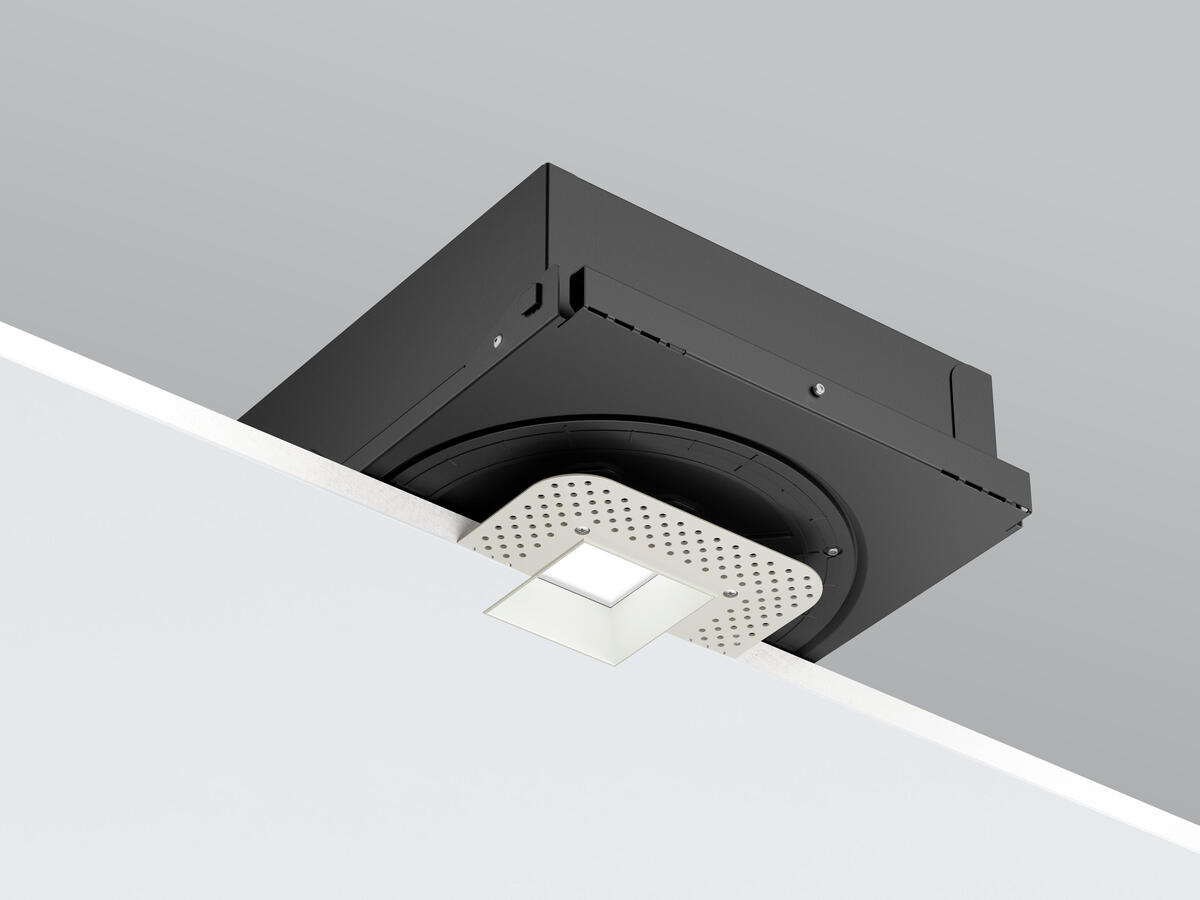
Adding to this versatility, the D2 versions of Ketra and Rania function via a wireless communication platform that permits incredible design freedom. “The dimmers are embedded in the fixtures themselves, which makes retrofitting the new, smaller lighting so easy,” says Ramos. To determine how to program dynamic scenes after the D2 fixtures are in place, designers can consult with Lutron’s authorized tech integrator, the project’s electrician and their client. “Do they want living room ceiling lights on one button and kitchen cabinet lights on another? A daytime ambiance in the kitchen but more of an evening aura in the dining room? You talk through the different use cases and desired experiences for each space,” she explains.
The industry’s earliest attempts at architectural downlighting required designated zones to operate in unison. Although that remains a convenient way to group different rooms, D2 fixtures can be individually dimmed and tuned on a laptop or tablet via the interface of the Lutron app. “Every designer is a control freak, so the ability to manipulate lighting to achieve the best possible tone, intensity and positioning is such a valuable tool,” says Boyd. “I do my job more effectively because of the Ketra lighting in my studio.” Such evocative illumination has an emotional impact too: “It boosts my mood,” he says.
With the demand for holistic interiors growing in tandem with the quiet movement, Lutron’s Ketra and Rania D2 downlights are a powerful way to infuse a space with biophilic positivity—all while practically disappearing into ceilings and walls. For a sense of well-being, custom-programming an indoor semblance of the Tuscan sun is the next best thing to being under the real thing in Italy. And with just a touch of a button, the same system can highlight cherished artwork, from framed photographs in an entry hall to a child’s drawing taped up in the kitchen. “Ultimately, it’s about the ability to create the most personal of atmospheres with the smallest of lights,” says Ramos.
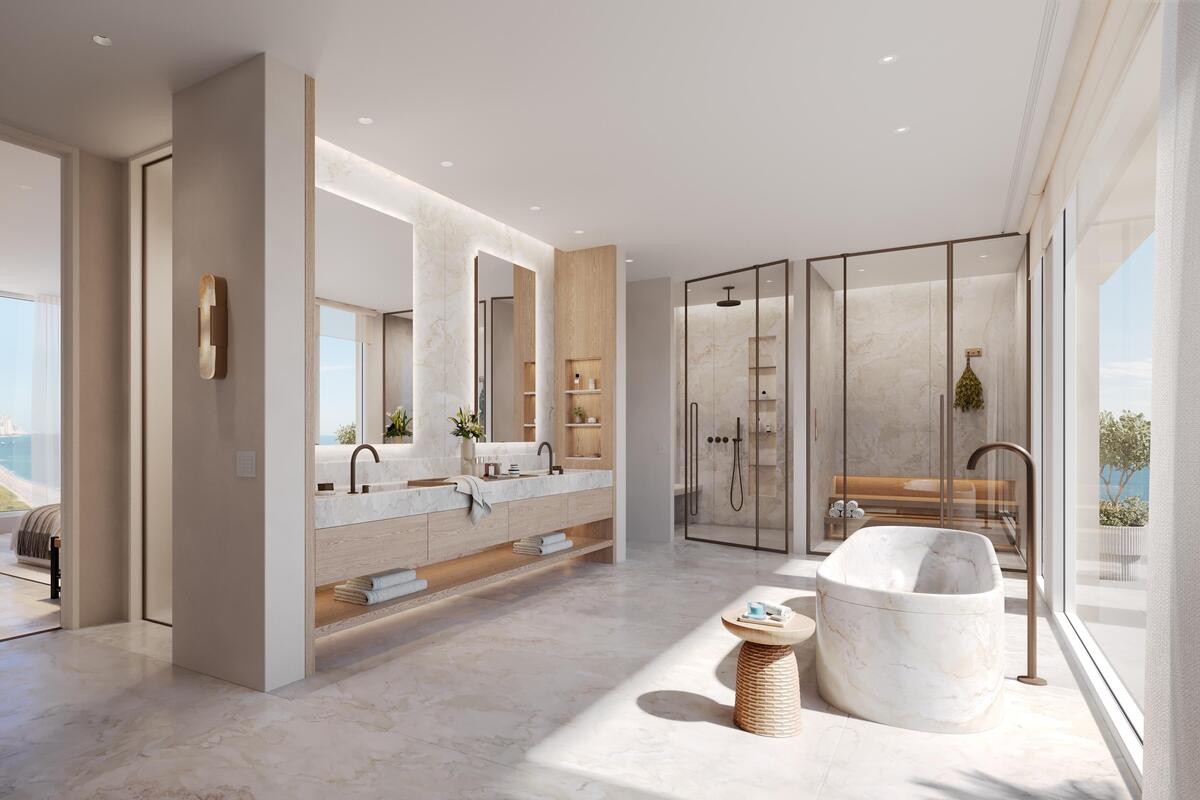
This story is a paid promotion and was created in partnership with Lutron.
Homepage image: With a new, 2-inch aperture, Lutron’s Ketra and Rania series of architectural downlights supply an astonishing spectrum of tonalities in an incredibly discreet package | Courtesy of Lutron
















